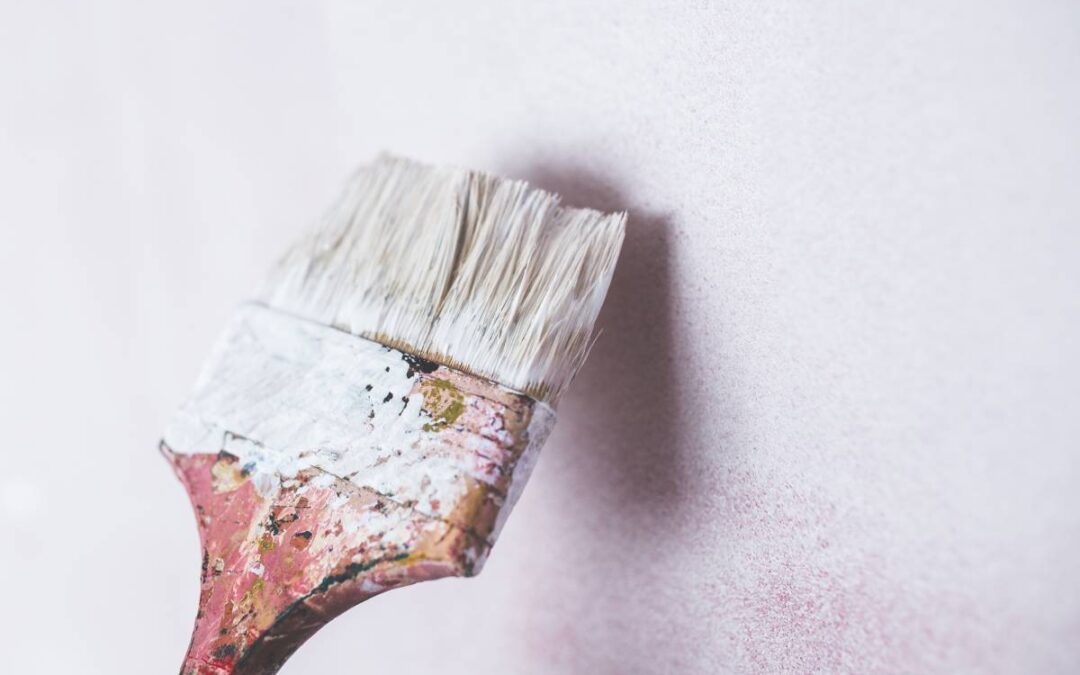Nearly all home stagers recommend a fresh interior paint job in homes they are preparing for sale. This is a project that homeowners often choose to do themselves, and taking the DIY route can save money. The trick, as in any professional-looking home improvement, is in the preparation.
For this exercise we’ll assume you’ve already discussed colours with your home styling team and chosen a muted neutral colour. Now, we provide you with a list of steps to eliminate common DIY mistakes, and make the rooms look as if you hired a pro.
Step 1 – Protection: Choose good quality drop-cloths – not the flimsy plastic ones from the bargain aisle – to protect your flooring and your furniture. Push all the furniture you can’t move out of the room into the centre of the floor and cover it with the drop-cloth. Make sure the drop- cloth lies along the baseboards so that it will catch all drips.
Step 2 – Obstacles: Remove light-switch and outlet covers. Remove them to the kitchen for a soak in soapy water and take care to corral the tiny little screws that hold them in place. Remove curtain rods and curtains or other window coverings.
Step 3 – Fill: Fill nail holes, scrapes and dings in the wall with spack filler and a putty knife. Remove all the spack filler you can with the knife then wipe across the patch with a damp cloth to make it flush with the wall surface.
Step 4 – Clean: Your walls, skirting boards, and other trim may not look dirty, but they will benefit from a swift cleaning with water and tri-sodium phosphate (TSP.) This step requires two buckets and two sponges. Dip your sponge into Bucket A with the cleaning solution, wipe the wall, and then rinse with the clean water in Bucket B using the clean sponge. (It makes no sense to wipe dirt back onto the wall.)
Step 5 – Tape: Using painter’s tape, create a barrier where you will want a different colour – such as at the top of skirting boards, and around window frames. If you happen to be painting around windows, you can either tape the glass off, or you can paint with abandon right up to the edge of the glass. It’s easy and much less tedious to remove paint from glass with a razor blade after the paint dries than it is to tape off the individual panes.
Step 6 – Sand: If you can see bumps or drips from previous paint or in those places where you’ve used spack filler, sand them smooth and wipe away the dust with a tack cloth.
Step 7 – Caulk: Using silicone latex painter’s caulking, fill any gaps between the wall and skirting boards, windows and/or door architraves. Put down a thin bead then run your wet finger along the bead to smooth it out and seal to the wall.
Step 8 – Prime: A primer coat is not always necessary unless the material is previously unpainted. On those areas where you used caulking or where you sanded, use a brush to coat the new surfaces with primer and allow them to dry. Primer might also be necessary if you’re covering a bright or bold colour with something less intense. Ask your paint dealer about this.
A word about wallpaper: If your room has had wallpaper or wallpaper borders you intend to remove, this can be accomplished using a clever tool available at your paint store. It fits in the palm of your hand and has little round ‘spurs’ on the side that meets the wallpaper. You roll the device around on the paper, making little gouges in the paper which you then soak with a wet sponge.
Allow the paper to soak in the water, and then remove the paper with a putty knife or other scraping device. Clean the surface where the paper was affixed carefully to remove residue of glue or other adhesives which will show up under your new paint like a thousand sore thumbs. Also sand if you notice any places where the spurs have damaged the surface of the wall, so that the wall appears very smooth.
In theory, your room is now ready for new paint as advised by your home stagers. We’ll start that adventure next.




